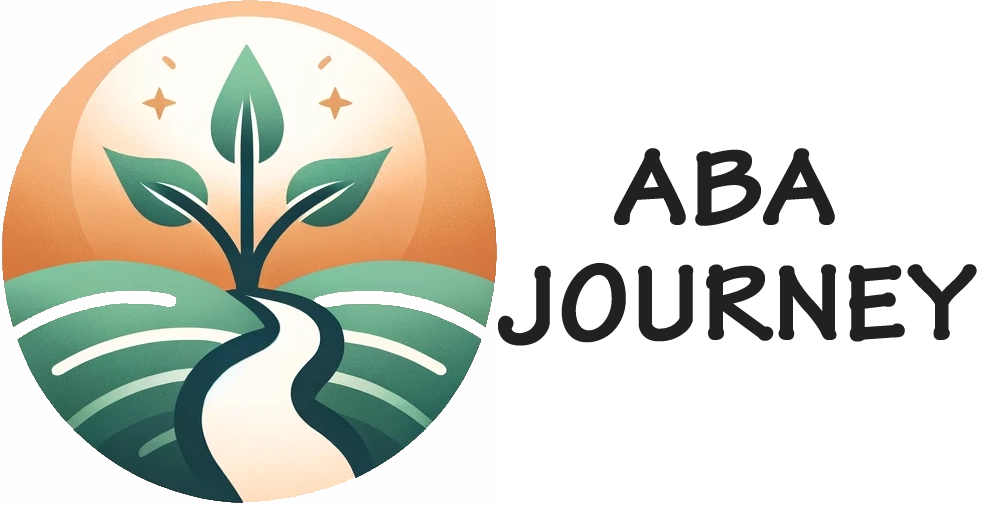Motivating children—especially those with autism—to complete non-preferred tasks or build new skills can sometimes feel like an uphill battle. Applied Behavior Analysis (ABA) offers practical tools to make learning more engaging and rewarding. Among the most powerful and easy-to-use strategies are token boards and reward systems.
This article explains how token boards work, why they’re effective, and how to create and use them at home to support your child’s growth.
What Is a Token Board?
A token board is a visual reward system where a child earns small tokens (stickers, stars, checkmarks, etc.) for desired behaviors. After collecting a certain number of tokens, they can exchange them for a larger reward, such as a favorite toy, a snack, or time on a tablet.
Example:
Your child earns 1 token for brushing their teeth without protest.
After earning 5 tokens, they trade them in for 10 minutes of video time.
Token boards help children see their progress, which boosts motivation and teaches that effort leads to positive outcomes.
Why Use Token Boards?
Token systems are rooted in the ABA principle of positive reinforcement. They are especially effective for children who:
Need frequent feedback and structure
Struggle with delayed gratification
Benefit from visual cues
Key Benefits:
Break down goals into manageable steps
Make reinforcement consistent and predictable
Improve attention and task completion
Reduce problem behaviors by offering alternatives
Research shows that token systems can significantly increase compliance and engagement in children with autism when used consistently.
Step-by-Step: How to Use a Token Board at Home
- Choose a Target Behavior – Start with one behavior you want to encourage:
- Following directions
- Staying seated during meals
- Using kind words
Be specific. Instead of “Be good,” say “Put toys in the bin.”
- Select a Reinforcer – Choose something your child enjoys and is willing to work for:
- A favorite toy or snack
- Time with a special activity
- Extra playtime or bedtime story
Use a preference assessment guide (PDF) to find motivators.
- Decide on the Token System Structure – Let your child know: “When you earn 5 stars, you get tablet time.” Start small:
5-token board: Great for younger kids or beginners
10-token board: Better for older children or more complex goals
- Deliver Tokens Immediately – Give a token right after the behavior you want to reinforce:
“Nice job listening! Here’s a token.”
Pair tokens with praise and a visual cue (placing it on the board)
- Reward When the Board Is Full – This helps build a strong connection between behavior and reinforcement. When all tokens are earned, immediately provide the chosen reward:
- “You filled the board—great job! Now you get your reward.”
Start Your Child’s ABA Therapy Journey Today
Our compassionate, collaborative ABA therapy empowers children and families to thrive. Together, we nurture connections, fuel progress, and embrace a brighter future through evidence-based care.
Customizing Token Boards for Your Child
Token systems are flexible and can be adapted to fit your child’s needs.
Use Pictures Instead of Text: If your child isn’t reading yet, use icons or photos of the reward and tokens.
Make It Themed: Let your child choose a theme—like dinosaurs, stars, or cars—to make it more exciting.
Vary the Rewards: Rotate rewards to keep motivation high. Let your child pick from a “menu” of options.
Add Visual Schedules: Combine token boards with a schedule template (PDF) to help your child see when to expect reinforcement.
Tips for Success
Keep it simple: Avoid overcomplicating the system.
Be consistent: Use it the same way each time.
Praise progress: Celebrate small wins.
Fade over time: As your child becomes more independent, reduce token use gradually.
Prevent token overload: Only use for key behaviors, not everything at once.
Troubleshooting Common Challenges
Child loses interest in the reward? Try a new motivator or give them more frequent choices.
Board takes too long to fill? Reduce the number of tokens needed or provide opportunities to earn faster.
Child refuses to participate? Re-explain the rules, model how it works, and start with an easy goal.
Rewards are given without earning? Stick to the system—don’t give the reward unless the board is full.
When to Introduce a Token System
Token systems can be helpful when:
You’re teaching a new routine (e.g., bedtime)
Your child struggles with transitions
Problem behaviors are increasing
You want to increase motivation in a specific area
They’re also a great tool for building routines, teaching patience, and giving children a sense of accomplishment.
Final Thoughts
Token boards and reward systems are simple yet powerful tools that help children with autism learn new behaviors, stay motivated, and build independence. By connecting effort to reward in a visual and consistent way, you help your child succeed in both small routines and big life skills.
Start small, stay consistent, and make it fun. With time, you’ll see how this ABA-based strategy can transform challenges into progress.

